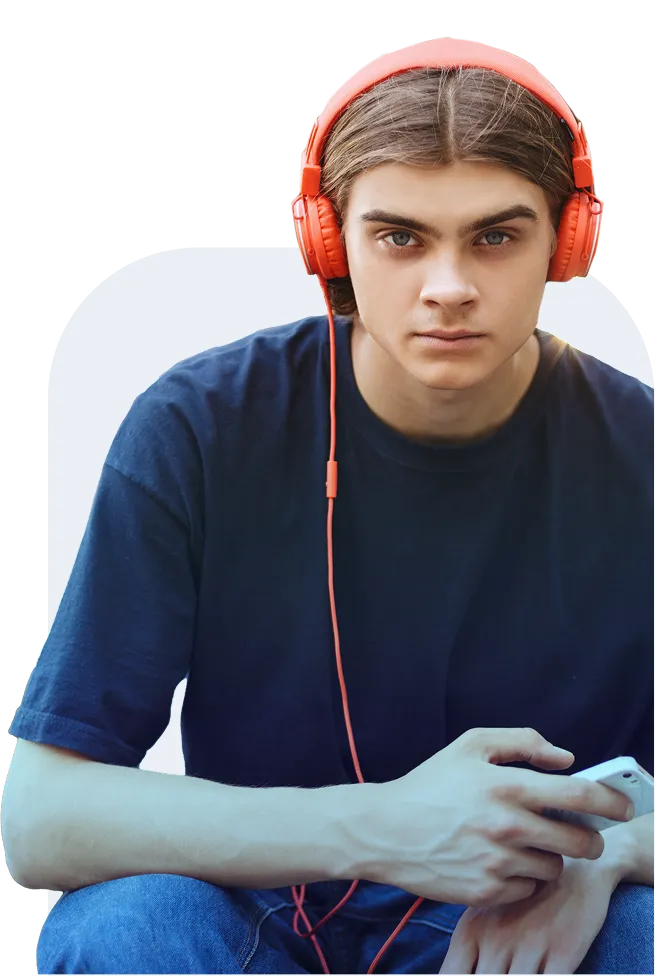
We offer a safe space for teens from all diverse backgrounds to stabilize, find sobriety and improve their quality of life. Our center is located in Winter Springs, Florida with dedicated staff onsite 24/7 to provide structured supervision.
The facility includes a high-quality computer lab for teens to focus on their academics during their stay, a recreational room for game nights, and a basketball court to stay active. Our compassionate team embodies the commitment to making a positive impact in the lives of the teens we serve.
Stimulants are a class of drugs that increase activity in the central nervous system. They are prescribed for neurological disorders such as narcolepsy or ADHD, but are also sold on the street for recreational use. Stimulants increase dopamine levels in the brain, producing feelings of euphoria, enhanced focus, and increased alertness. Sometimes they are referred to as “study drugs”, with many teens taking them to improve their academic performance. Commonly abused stimulants include adderall, ritalin, concerta, cocaine, and meth.
At Lotus Behavioral Health, we understand how vulnerable teens are to stimulant abuse. Many youth experiment with these to increase their concentration, improve performance, and self-medicate unresolved mental health problems such as depression or ADHD. However, long-term, unregulated stimulant abuse can increase the risk of psychosis, depression, anxiety, and panic disorder. Some of the services offered for teens in stimulant abuse treatment include:
.webp)
.webp)

Safe & structured 4-12 week residential program offering 24/7 care and intense therapies to treat stimulant abuse & co-occurring mental health disorders.
Explore Program

This intensive 7-day program builds on the skills learned in residential treatment. Our PHP includes room and board, and teens will continue to live at the facility for the remainder of their treatment.
Explore Program

Our IOP provides a less-intense treatment approach meeting 3-4 days a week, allowing teens to live at home, while still receiving intensive treatment.
Explore Program

Virtual and in-person outpatient services allow teens and their families to participate in treatment while still living at home and staying involved in their day-to-day activities.
Explore Program
We understand that teenage addiction is often driven by underlying mental health problems and trauma. When your teen first arrives for treatment, they will be given a comprehensive substance abuse evaluation and mental health assessment to identify what treatment is most appropriate for their needs.
Lotus Behavioral Health recognizes the importance of family in the recovery journey for teens. We encourage parents to stay involved in their teen's treatment process for an increased success rate. We focus on equipping teens with the tools to repair damaged relationships, manage conflict, and form connections.
During treatment, your teen will participate in intensive individual and group therapies such as CBT, DBT, motivational interviewing, and medication management. Our licensed therapists will help teens modify negative thinking patterns that drive their stimulant addiction, set treatment goals, and develop positive coping strategies.
Our team understands the sensitive nature of teen development. This period is characterized by self-exploration around culture, race, sexual orientation, and gender identity. Our staff is trained in diversity to provide judgment-free support so teens can explore these topics, which can greatly impact their mental health and recovery journey.

.webp)
Lotus Behavioral Health holds both treatment and academics as equally important. We understand many teens who enter treatment fall behind in school, creating extra challenges when they transition back to their community. We partner with local schools to optimize success for teens in our Residential and PHP programs. Teens in our program spend time in the classroom each day while continuing to make progress in their recovery.
We focus on relapse prevention planning by helping teens build a strong support system in their community. This may include involving family or friends in the recovery process, ensuring teens meet academic requirements with educational support, and connecting them to a peer recovery network.
.webp)
Yes, we accept most major insurance providers, including Cigna, Aetna, and BlueCross Blue Shield. Speak with one of our admissions members to verify insurance and find the best treatment plan for your teen.
Parents should recognize the warning signs of stimulant abuse in their teens. This can include quick bursts of energy, increased heart rate, problems sleeping, irritability or aggression, anxiety, depression, paranoia, dilated pupils, and loss of appetite.
Yes! At Lotus, we believe having a strong support system and family involved in the treatment process can increase recovery success rates for teens.
We're ready to answer your questions and help guide your teen on the path of recovery.
